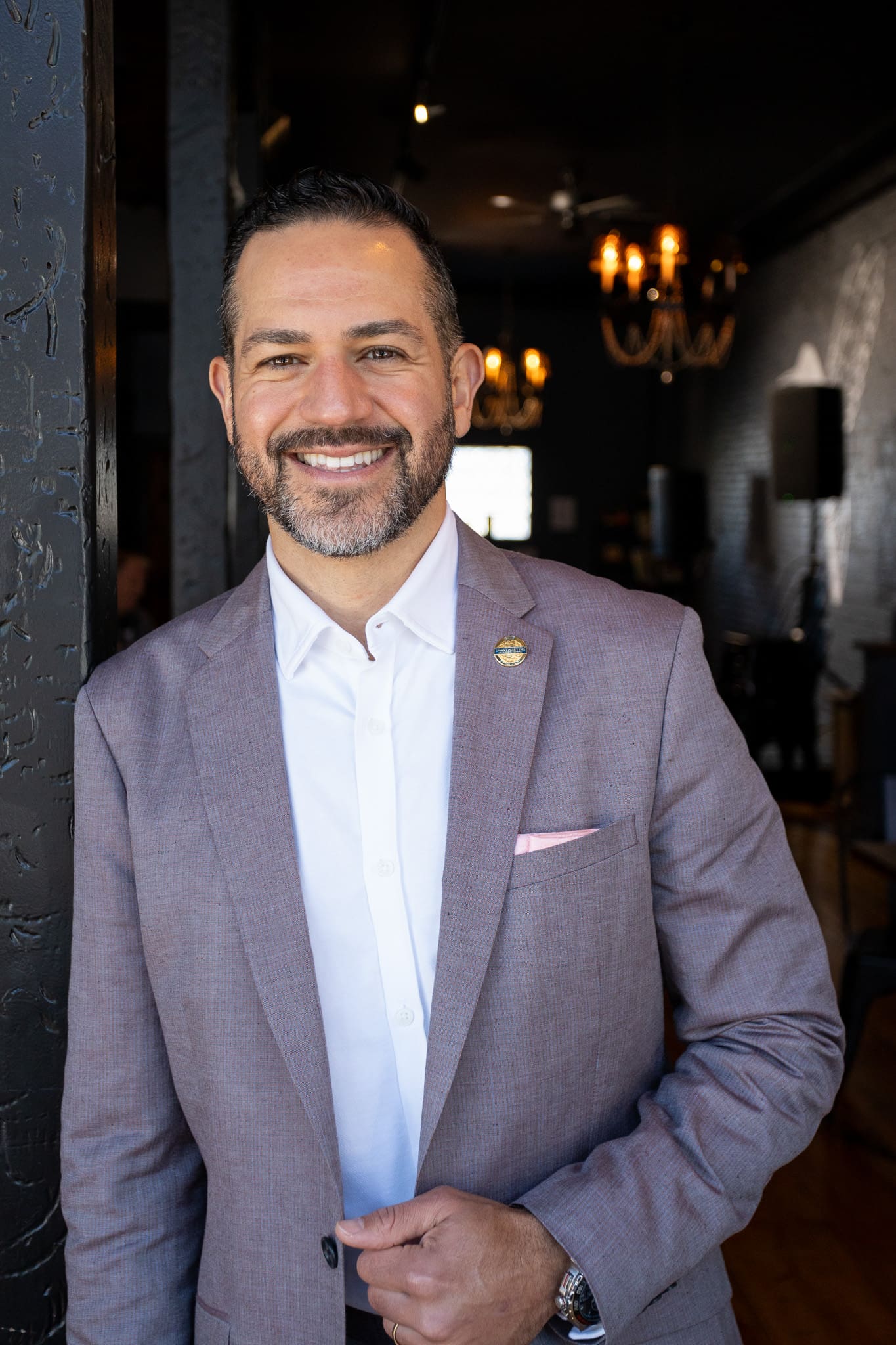Embrace Smart Pedestrian Wearables for Safer Crossings!
My friends and I were discussing self-driving cars, and the issue of
pedestrian safety was raised. If a driver of a self-driving car is not paying
attention and a pedestrian darts in front of the car and is hit who is
responsible. We talked about the need for pedestrians to take some responsibility
for their own actions. As I am curious I did some research and found out that a
lot of people have considered the situation and there are some intriguing
solutions coming. I suspect there are solutions for all age groups, but my focus is on seniors so this post is about solutions for senior pedestrians.
As the automotive landscape evolves rapidly, with up to 30%
of new cars expected to be autonomous or self-driving vehicles by 2030,
concerns about pedestrian safety have been growing. The loss of traditional
driver cues poses a challenge for pedestrians trying to navigate the streets
safely. However, there’s good news on the horizon that can help address these
concerns – smart pedestrian wearables!
According to a recent study by the University of Victoria and the
University of Calgary, pedestrian wearables are specially designed clothing and
accessories-based devices that serve a crucial purpose – to alert pedestrians
of relevant information, such as oncoming autonomous vehicles and their
intentions.
Smart pedestrian wearables act as external human-machine interfaces
(eHMIs) that directly communicate with autonomous vehicles. This means you’ll
be instantly informed about approaching self-driving cars, giving you ample
time to make safe street crossing decisions.
The wearables have been thoughtfully designed by considering human
movement and comfort. The devices are easily moldable, conforming seamlessly to
the shape of your body. This ensures a smooth and comfortable fit, allowing for
dynamic mobility without any discomfort.
Many of these wearables, like squeezing socks, constricting bands,
and alerting headphones, are designed to be discreet and hidden. You won’t have
to worry about bulky or awkward accessories; instead, they’ll blend seamlessly
with your clothing and adapt to your personal style.
The devices activate alerts using different senses, such as sight,
hearing, or touch. Whether you prefer visual cues, audible signals, or haptic
feedback, there’s a wearable that caters to your preferences, ensuring you
never miss an important warning. You’ll have no trouble recognizing alerts,
even in busy environments, ensuring your safety during street crossings.
The study highlights the consideration of shared spaces among road
users, making sure that the wearables benefit a diverse range of pedestrians.
Seniors, in particular, stand to gain significantly from these devices,
enabling safer navigation in an increasingly autonomous vehicle-filled world.
Smart pedestrian wearables come in various designs, offering you a
wide range of options to choose from. Whether it’s a light-projecting necklace,
an inflating jacket, or a shape-changing scarf, you can find a wearable that
suits your style and preferences.
In conclusion, the research emphasizes that pedestrian wearables
represent a promising Technology to facilitate communication between
pedestrians and autonomous vehicles. By adopting these devices, seniors can
significantly enhance their safety and confidently navigate the streets amidst
the changing automotive landscape.
So, to all seniors out there, stay ahead of the
curve and embrace smart pedestrian wearables – a simple step towards a safer
and
Originally Published on https://boomersnotsenior.blogspot.com/

























